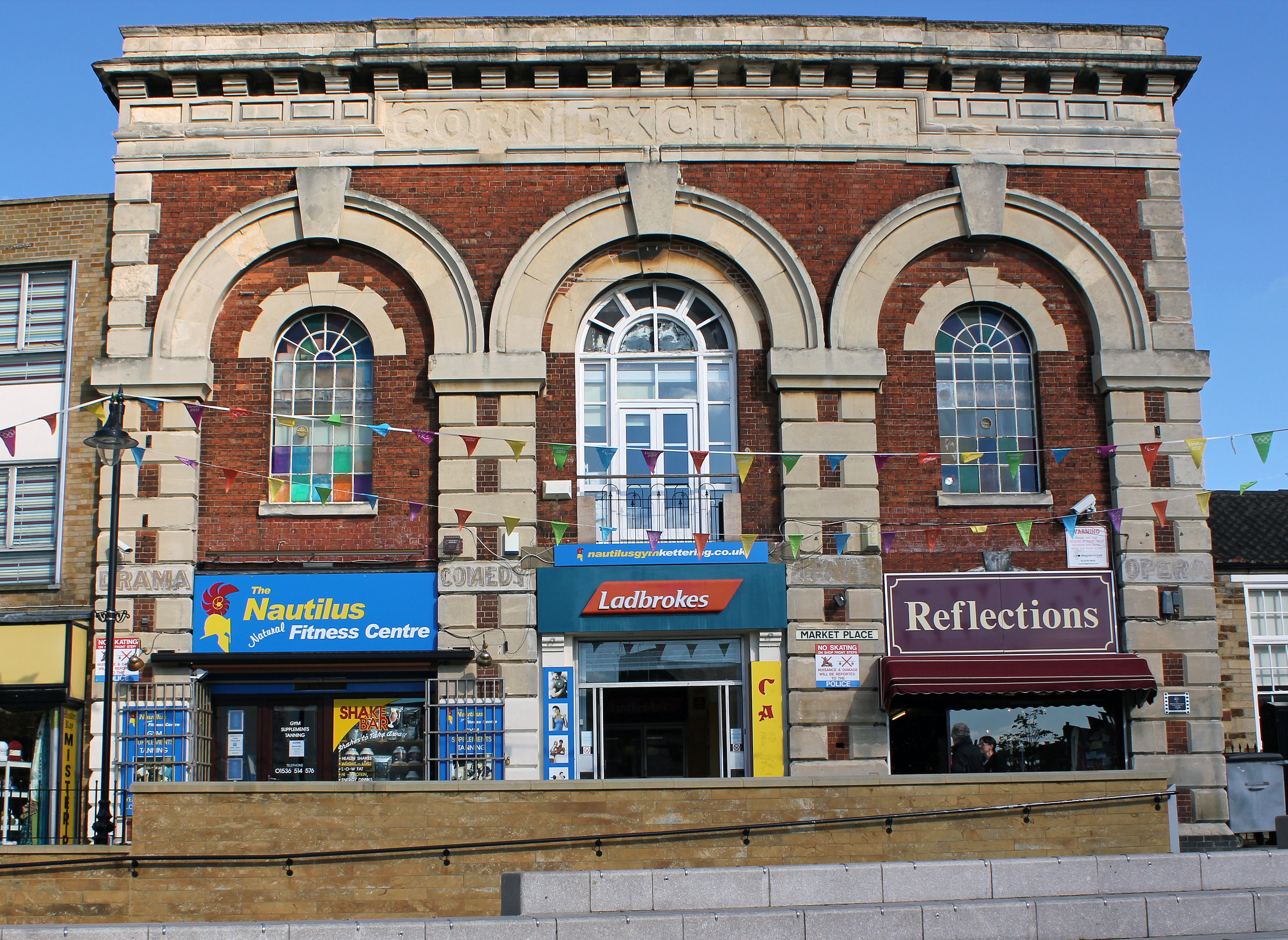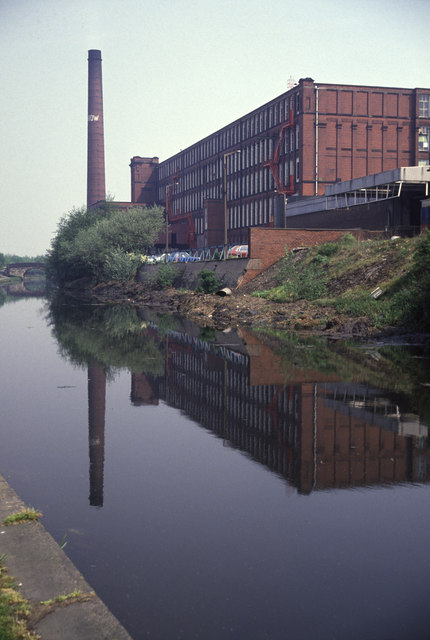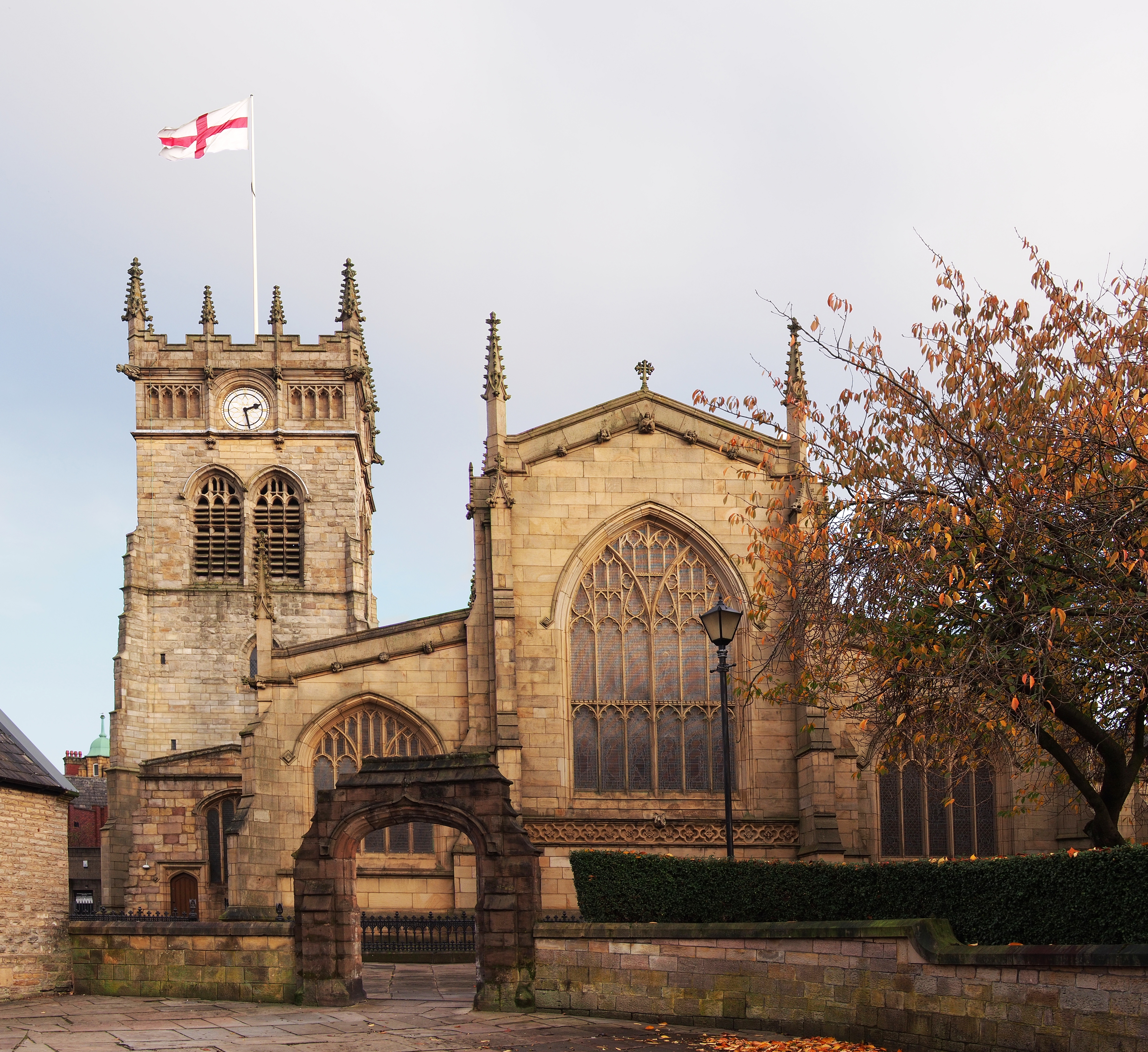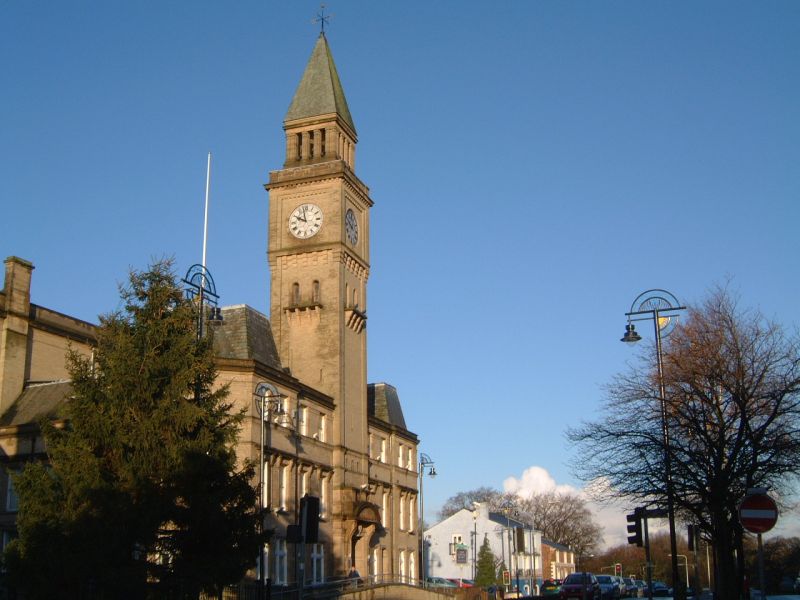|
White Bear Railway Station
White Bear railway station, on Station Road, Adlington, Lancashire, Adlington, Lancashire, England, was on the Lancashire Union Railway line between St Helens Central railway station, St Helens and Blackburn railway station, Blackburn. The station was named in some timetables as White Bear (Adlington) or White Bear for Adlington. The station opened on 1 December 1869 one month after the line that it was situated on, the Lancashire Union Railway from Boars Head Junction in Standish, Greater Manchester, Standish to Rawlinson Bridge, opened for goods traffic. Passenger services also opened on the same date at Boars Head Junction and at Red Rock. The joint line was constructed because the Wigan coal owners wanted better transportation links to the mills and factories of East Lancashire. The coal owners also wanted a line that would allow trains to go south and gain direct access to Garston, Merseyside, Garston Dock where shipping charges were far less than Liverpool dock. The stat ... [...More Info...] [...Related Items...] OR: [Wikipedia] [Google] [Baidu] |
Adlington, Lancashire
Adlington is a town and civil parish in the Borough of Chorley in Lancashire, England, near the West Pennine Moors. It is south of Chorley. It became a separate parish in 1842 then grew into a township around the textile and coal mining industries until these closed in the 1960s. It had a population of 5,270 at the 2001 census, and risen to 6,010 at the 2011 census. The Leeds and Liverpool Canal runs through the village, where it holds White Bear Marina, the largest marina on the Canal. History Toponymy The last element 'ington' indicates that Adlington was an Anglo-Saxon settlement from about A.D. 650, while the first element is either a personal name, Eadwulf, or the aetheling or prince. Recorded spellings include, in 1190 Edeluinton, in 1202 Adelventon, in 1246 Adelinton and, in 1288 Adlington. Manor Adlington was part of the Penwortham barony granted to Randle de Marsey and later held by the Ferrers. In 1184 Hugh Gogard granted land to Cockersand Abbey. [...More Info...] [...Related Items...] OR: [Wikipedia] [Google] [Baidu] |
Garston, Merseyside
Garston is a district of Liverpool, in Merseyside, England. Historically in Lancashire, it is bordered by the suburbs of Aigburth, Allerton, and Speke. It lies on the Eastern banks of the River Mersey. History In medieval times, Garston was home to a group of Benedictine monks. The first recorded mention of settlement in Garston is of the Church of St Michael in 1235. By the 19th century, the area had become a small village. Garston was formerly a township and chapelry in the parish of Childwall, in 1866 Garston became a separate civil parish, from 1894 to 1902 Garston was an urban district, on 1 April 1922 the parish was abolished and merged with Liverpool. In 1921 the parish had a population of 28,729. A small dock was first built at Garston in 1793 for Blackburne's Saltworks, which still stands today. Garston's growth accelerated rapidly in the 1840s, when in 1846, the area's first dock was constructed and opened, under the auspices of the St Helens and Runcorn ... [...More Info...] [...Related Items...] OR: [Wikipedia] [Google] [Baidu] |
Railway Stations In Great Britain Closed In 1960
Rail transport (also known as train transport) is a means of transport using wheeled vehicles running in tracks, which usually consist of two parallel steel rails. Rail transport is one of the two primary means of land transport, next to road transport. It is used for about 8% of passenger and freight transport globally, thanks to its energy efficiency and potentially high speed. Rolling stock on rails generally encounters lower frictional resistance than rubber-tyred road vehicles, allowing rail cars to be coupled into longer trains. Power is usually provided by diesel or electric locomotives. While railway transport is capital-intensive and less flexible than road transport, it can carry heavy loads of passengers and cargo with greater energy efficiency and safety. Precursors of railways driven by human or animal power have existed since antiquity, but modern rail transport began with the invention of the steam locomotive in the United Kingdom at the beginning of th ... [...More Info...] [...Related Items...] OR: [Wikipedia] [Google] [Baidu] |
Railway Stations In Great Britain Opened In 1869
Rail transport (also known as train transport) is a means of transport using wheeled vehicles running in tracks, which usually consist of two parallel steel rails. Rail transport is one of the two primary means of land transport, next to road transport. It is used for about 8% of passenger and freight transport globally, thanks to its energy efficiency and potentially high speed.Rolling stock on rails generally encounters lower frictional resistance than rubber-tyred road vehicles, allowing rail cars to be coupled into longer trains. Power is usually provided by diesel or electric locomotives. While railway transport is capital-intensive and less flexible than road transport, it can carry heavy loads of passengers and cargo with greater energy efficiency and safety. Precursors of railways driven by human or animal power have existed since antiquity, but modern rail transport began with the invention of the steam locomotive in the United Kingdom at the beginning of the 19th ... [...More Info...] [...Related Items...] OR: [Wikipedia] [Google] [Baidu] |
Former Lancashire Union Railway Stations
A former is an object, such as a template, gauge or cutting die, which is used to form something such as a boat's hull. Typically, a former gives shape to a structure that may have complex curvature. A former may become an integral part of the finished structure, as in an aircraft fuselage, or it may be removable, being used in the construction process and then discarded or re-used. Aircraft formers Formers are used in the construction of aircraft fuselage, of which a typical fuselage has a series from the nose cone to the empennage, typically perpendicular to the longitudinal axis of the aircraft. The primary purpose of formers is to establish the shape of the fuselage and reduce the column length of stringers to prevent instability. Formers are typically attached to longerons, which support the skin of the aircraft. The "former-and-longeron" technique (also called stations and stringers) was adopted from boat construction, and was typical of light aircraft built until t ... [...More Info...] [...Related Items...] OR: [Wikipedia] [Google] [Baidu] |
Kettering
Kettering is a market town, market and industrial town, industrial town in the North Northamptonshire district of Northamptonshire, England, west of Cambridge, England, Cambridge, southwest of Peterborough, southeast of Leicester and north-east of Northampton. It is west of the River Ise, a tributary of the River Nene. The name means "the place (or territory) of Ketter's people (or kinsfolk)".R.L. Greenall: A History of Kettering, Phillimore & Co. Ltd, 2003, . p.7. At the 2021 census, Kettering had a population of 63,150. It is part of the East Midlands, along with the rest of Northamptonshire. There is a growing commuter population as it is on the Midland Main Line railway, with East Midlands Railway services direct to St Pancras railway station, London St Pancras International. Early history Kettering means "the place (or territory) of Ketter's people (or kinsfolk)". Spelt variously Cytringan, Kyteringas and Keteiringan in the 10th century, although the origin of the name ... [...More Info...] [...Related Items...] OR: [Wikipedia] [Google] [Baidu] |
Castleton, Greater Manchester
Castleton is an area of Rochdale, Greater Manchester, England, south-southwest of Rochdale town centre and north-northeast of the city of Manchester. Historically a part of Lancashire, Castleton's early history is marked by its status as a township within the ancient parish of Rochdale. Prior to merging with the County Borough of Rochdale in 1900, Castleton experienced rapid growth during the 19th century as a mill town in its own right, facilitated for the most part by the construction of the Rochdale Canal which is routed through the area. Castleton's growth was significant; so much so, that for a time it was almost the same size of nearby Rochdale. Located between junctions 19 and 20 of the M62 motorway, Castleton today is a predominantly residential area, with a total population of 9,715, increasing to 10,159 at the 2011 Census. History The most ancient known reference to Castleton is found in the Domesday Book (1086). The name suggests a link with a fortification; the ... [...More Info...] [...Related Items...] OR: [Wikipedia] [Google] [Baidu] |
Manchester To Preston Line
Manchester () is a city and the metropolitan borough of Greater Manchester, England. It had an estimated population of in . Greater Manchester is the third-most populous metropolitan area in the United Kingdom, with a population of 2.92 million, and the largest in Northern England. It borders the Cheshire Plain to the south, the Pennines to the north and east, and the neighbouring city of Salford to the west. The city borders the boroughs of Trafford, Metropolitan Borough of Stockport, Stockport, Tameside, Metropolitan Borough of Oldham, Oldham, Metropolitan Borough of Rochdale, Rochdale, Metropolitan Borough of Bury, Bury and City of Salford, Salford. The history of Manchester began with the civilian settlement associated with the Roman fort (''castra'') of Mamucium, ''Mamucium'' or ''Mancunium'', established on a sandstone bluff near the confluence of the rivers River Medlock, Medlock and River Irwell, Irwell. Throughout the Middle Ages, Manchester remained a ma ... [...More Info...] [...Related Items...] OR: [Wikipedia] [Google] [Baidu] |
Adlington (Lancashire) Railway Station
Adlington railway station serves the town of Adlington, Lancashire, Adlington in Lancashire, England. It is a two-platform station on the - - line, forming part of the Northern service link between Preston railway station, Preston and Manchester via Bolton and Chorley. Until 1960, Adlington was also served by a station named White Bear railway station, White Bear (on the Lancashire Union Railway). History On 15 June 1837, by an act of Parliament of the United Kingdom, Parliament, the Bolton and Preston Railway Company constructed a link with the Manchester line, comprising nine and a half miles of railway to a temporary terminus at Rawlinson Bridge railway station, Rawlinson Lane. By December 1841, the line had reached Chorley and Adlington station opened to take over from Rawlinson Bridge. The line would pass into the hands of the London, Midland and Scottish Railway during the Railways Act 1921, Grouping of 1923. The line then passed on to the London Midland Region of Bri ... [...More Info...] [...Related Items...] OR: [Wikipedia] [Google] [Baidu] |
Wigan
Wigan ( ) is a town in Greater Manchester, England. The town is midway between the two cities of Manchester, to the south-east, and Liverpool, to the south-west. It is the largest settlement in the Metropolitan Borough of Wigan and is its administrative centre. The town has a population of 107,732 and the wider borough of 330,714. Wigan is part of the Historic counties of England, historic county of Lancashire. Wigan was in the territory of the Brigantes, an ancient List of ancient Celtic peoples and tribes, Celtic tribe that ruled much of what is now Northern England. The Brigantes were subjugated in the Roman conquest of Britain and the Roman settlement of was established where Wigan lies. Wigan was incorporated as a Borough status in the United Kingdom, borough in 1246, following the issue of a charter by Henry III of England, King Henry III of England. At the end of the Middle Ages, it was one of four boroughs in Lancashire established by royal charter. The Industrial Re ... [...More Info...] [...Related Items...] OR: [Wikipedia] [Google] [Baidu] |
Chorley
Chorley is a town and the administrative centre of the wider Borough of Chorley in Lancashire, England, north of Wigan, south west of Blackburn, north west of Bolton, south of Preston and north west of Manchester. The town's wealth came principally from the cotton industry. In the 1970s, the skyline was dominated by factory chimneys, but most have now been demolished: remnants of the industrial past include Morrisons chimney and other mill buildings, and the streets of terraced houses for mill workers. Chorley is the home of the Chorley cake. History Toponymy The name ''Chorley'' comes from two Anglo-Saxon words, and , probably meaning "the peasants' clearing". (also or ) is a common element of place-name, meaning a clearing in a woodland; refers to a person of status similar to a freeman or a yeoman. Prehistory There was no known occupation in Chorley until the Middle Ages, though archaeological evidence has shown that the area around the town has been i ... [...More Info...] [...Related Items...] OR: [Wikipedia] [Google] [Baidu] |







